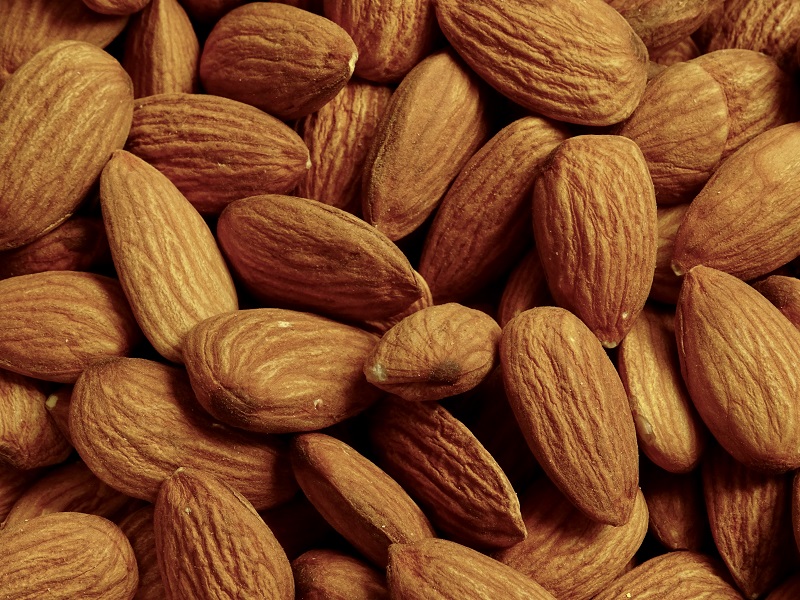Feeling the Pain of High Fertilizer Prices? Here are the Main Reasons Why
Among farmers and ranchers, very few topics are being discussed as much as the skyrocketing cost of fertilizer and increasing concerns regarding availability. Given that fertilizer costs account for approximately 15% of total cash costs in the U.S., fertilizer prices are the No. 1 issue on farmers’ minds as they begin to set up purchases for the 2022 growing season.
Unfortunately, the fertilizer sticker price farmers in some areas are reporting is up more than 300% and delivery times are anyone’s best guess. We’ve seen this before, in 2008. During the 12 months ending in April 2008, nitrogen prices increased 32%, phosphate prices increased 93% and potash prices increased 100%. Prices remained there through 2009, then dropped, ultimately returning to pre-2007 levels by the end of 2009.
That price surge was associated with strong domestic and global demand, low fertilizer inventories, and the inability of the U.S. fertilizer industry to adjust production levels. This time around, those same factors are at play, along with several others that add an extra layer of uncertainty.
Price Adjustments
All major crop production nutrients have experienced increased prices when compared to September 2020: ammonia has increased more than 210%; liquid nitrogen has increased more than 159%; urea is up 155%; MAP has increased 125%; DAP is up over 100%; and potash has risen above 134%.
Fertilizer is a global commodity and can be influenced by multiple market factors beyond the control of U.S. producers. Similar to globally traded commodities, 44% of all fertilizer materials are exported to a different country. This factor has an outsized impact on fertilizer prices because fertilizer production is not only influenced by what is occurring where it is produced or the cost of production in that country, but also affected by the numerous other countries demanding fertilizer products and the transportation rates to get the fertilizer to its final destination.
Increased Global Fertilizer Demand
Two-thirds of global fertilizer demand is driven primarily by six crops. Globally, corn represents about 16% of the farm-use fertilizer demand, with wheat a close second, representing about 15% of global farm-use fertilizer demand. Rice represents about 14% of global farm-use fertilizer demand, followed by vegetables at 9%, fruits at 7%, and soybeans at 5%.
Though the U.S. has lowered its overall consumption of global nutrient use, other countries have increased fertilizer use. Back in the 1960s, the U.S. accounted for 25% of global nutrient use. Today, the U.S. only accounts for about 10% of global use, with U.S. farmers representing only 2% of that share.
To dive deeper into analysis of a multitude of supply factors, continue reading at fb.org.









